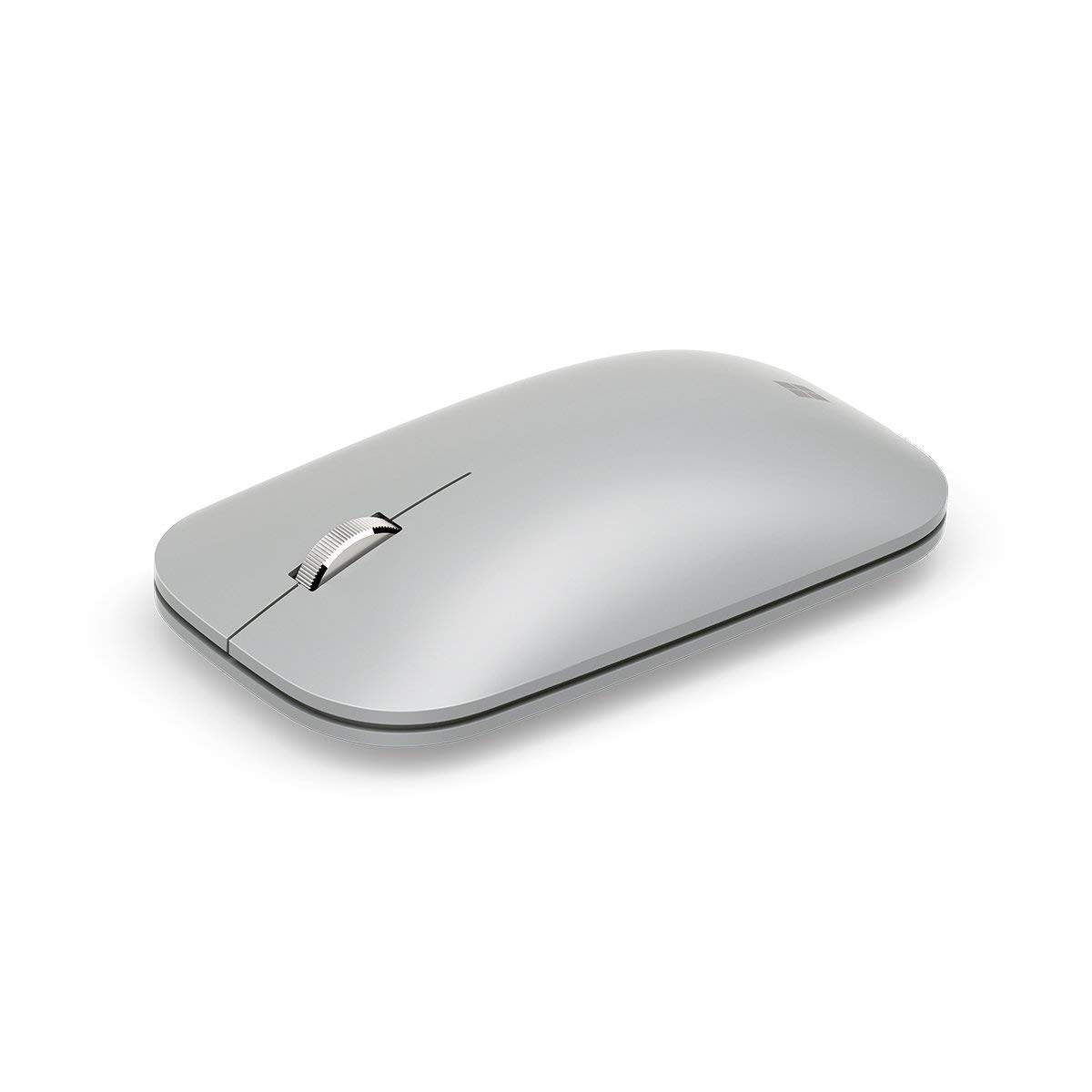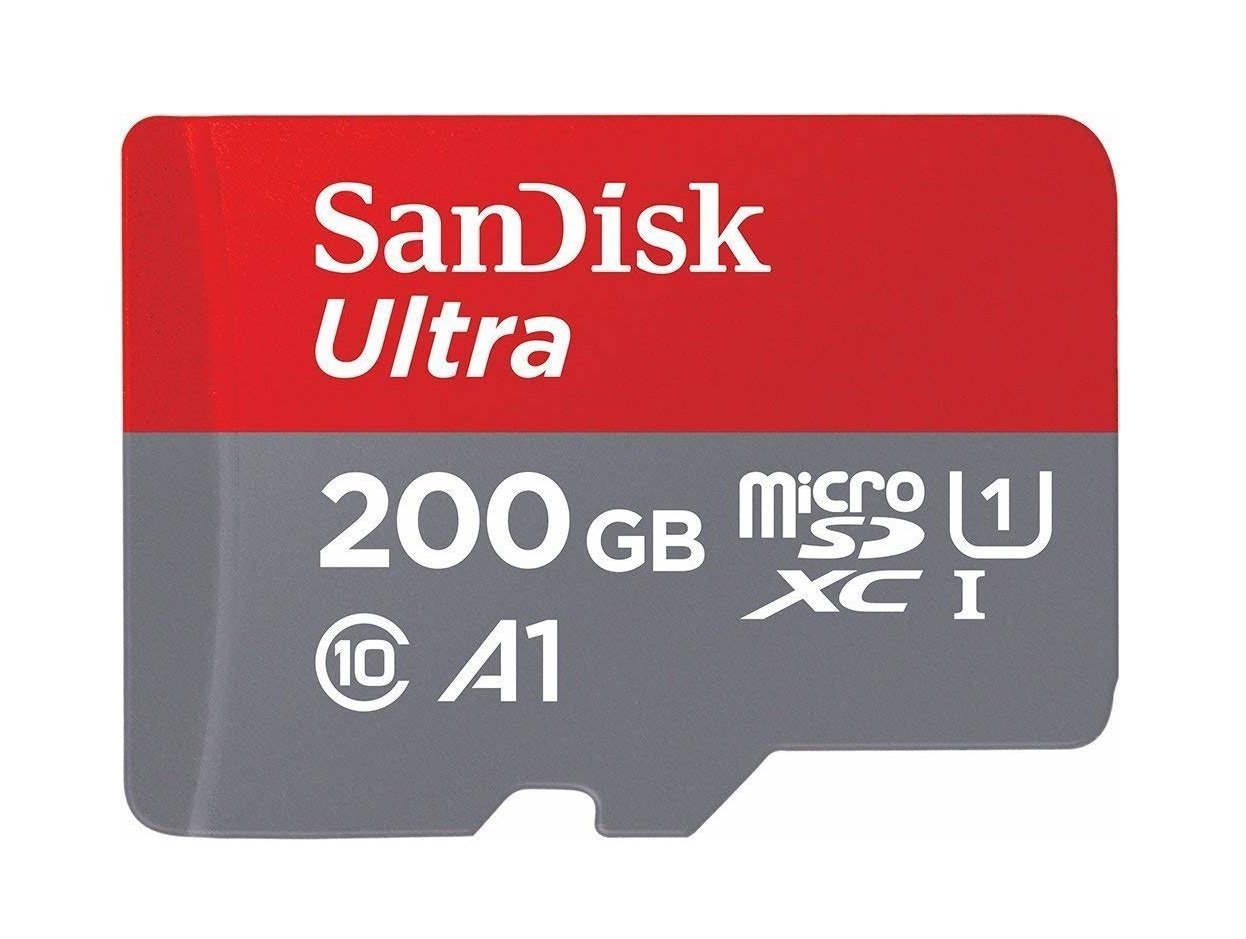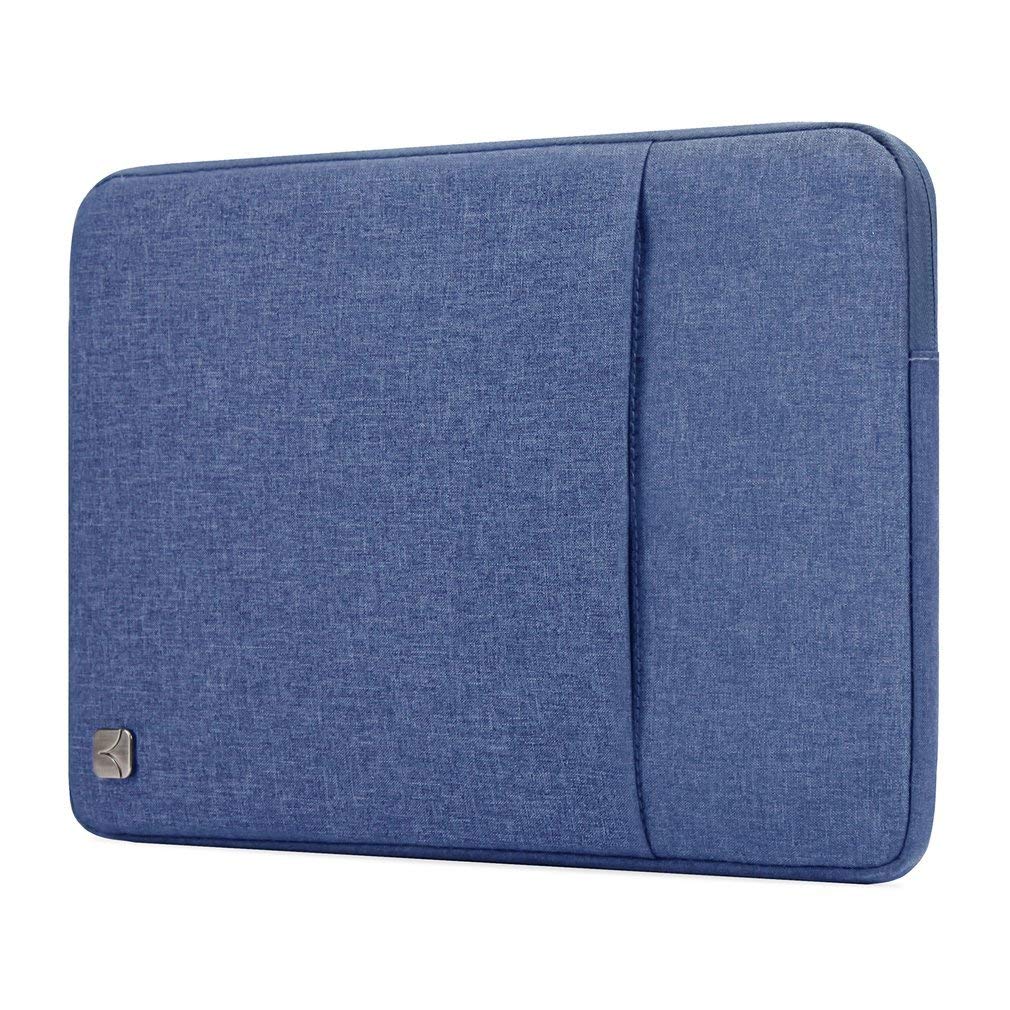Best Surface Go and Surface Go 2 Accessories 2022
Grab yourself some accessories for your Surface Go.
The Surface Go, and Surface Go 2 is the ultimate tablet that's also a pretty good laptop when required. Of course, no device is complete without an army of accessories to go along with it. Here are my recommendations for the best 10 Surface Go accessories that I currently use and that you should be checking out if you haven't already.

Type away
To fully utilize your Surface Go, you'll also want to pick up an attachable keyboard. Luckily, Microsoft sells many different Type Cover configurations, with the cheapest being the black option listed here. Featuring a backlit keyboard and Precision touchpad, this is everything you love about Surface keyboards in a beautiful package that turns your tablet into a laptop.

Dock in, do more
With two Mini DisplayPorts, four USB-A 3.0 ports, an Ethernet port, and a 3.5mm audio jack, this dock gives you the ports you need to keep you connected to all your favorite devices. Plus, it easily connects to your Surface Go via the Surface Connect cable, making it easy to turn your Surface into a desktop power hub.

Mouse on the go
The Surface Mobile Mouse is available in three different colors — light gray, burgundy, and cobalt blue — and is the cheapest mobile mouse made by Microsoft. It's a simple, straight-forward mouse accessory that connects with Bluetooth and gets the job done. It's small and slim, meaning it fits into a bag or pocket easily for travel.

Gaming on the fly
The Surface Go is a great little mobile gaming machine, which is enhanced with a dedicated gaming accessory. The Xbox Wireless Controller connects to your Surface Go via Bluetooth — no connectors sticking out — so you can enjoy haptic feedback and that classic gaming feel in your hands.

Inking and winning
The updated Surface Pen is an essential accessory for pretty much everyone, whether artistic or not. Use it to take notes, sketch, paint quickly, or browse the internet. With 4,096 levels of sensitivity and low latency, it feels like you're using real paper and real ink. The eraser doubles as a button, which can be used to launch your favorite apps.

Easy file transfer
The Surface Go features just one USB-C port on its side. That means if you need to transfer files from a different device, you'll need a USB drive that has both a USB-C connection and a USB-A connection. With the SanDisk Ultra Dual USB, you get just that, along with a 128GB USB drive that has both USB-C and USB-A connectors included. It's a neat, little USB drive that works with any device.

More internal storage
If you want more internal storage for music, movies, and apps, invest in a 256GB SanDisk microSD card. The Surface Go features a microSD card slot under the kickstand, which allows you to expand internal storage up to 256GB. So, if you're short on space, a microSD card will quickly and easily solve that issue.

Protection against evil
Keeping your Surface Go protected should be a top priority, and you can do that with this simple CAISON sleeve designed for the Surface Go itself. Available in multiple colors, this soft sleeve case will protect your Surface Go from drops and scratches when in a bag or out and about. It's super slim, too, meaning it shouldn't be too difficult to fit in a bag.

Rugged protection
If you need something a little more heavy-duty, the UAG protective drop case should be exactly what you need. This military-grade case will protect your Surface Go from any drop or bash you can throw at it, within reason. It also features a strap on the back so you can secure it better to your hand.
If we're making suggestions
Why you can trust Windows Central
Whether you need to type, ink, or game, these are the best accessories you can get for the Surface Go right now. I personally love the CASION Sleeve as it makes keeping the Surface Go, along with my pens and paper, super convenient. If you like keeping things organized, this is the case for you.
Of course, I also recommend the Surface Go Type Cover, something that is essential for making the most of your Surface Go. Typing out a Word document or controlling your device with a cursor is sometimes vital, and the Type Cover enables that.
The Surface Pen is a great buy too if you think you're going to be inking on your display every so often. Sometimes, a little bit of digital ink can't be beaten in OneNote. Even using the pen as a more accurate pointer is occasionally useful, thanks to Windows 10's excellent pen support.
All the latest news, reviews, and guides for Windows and Xbox diehards.

